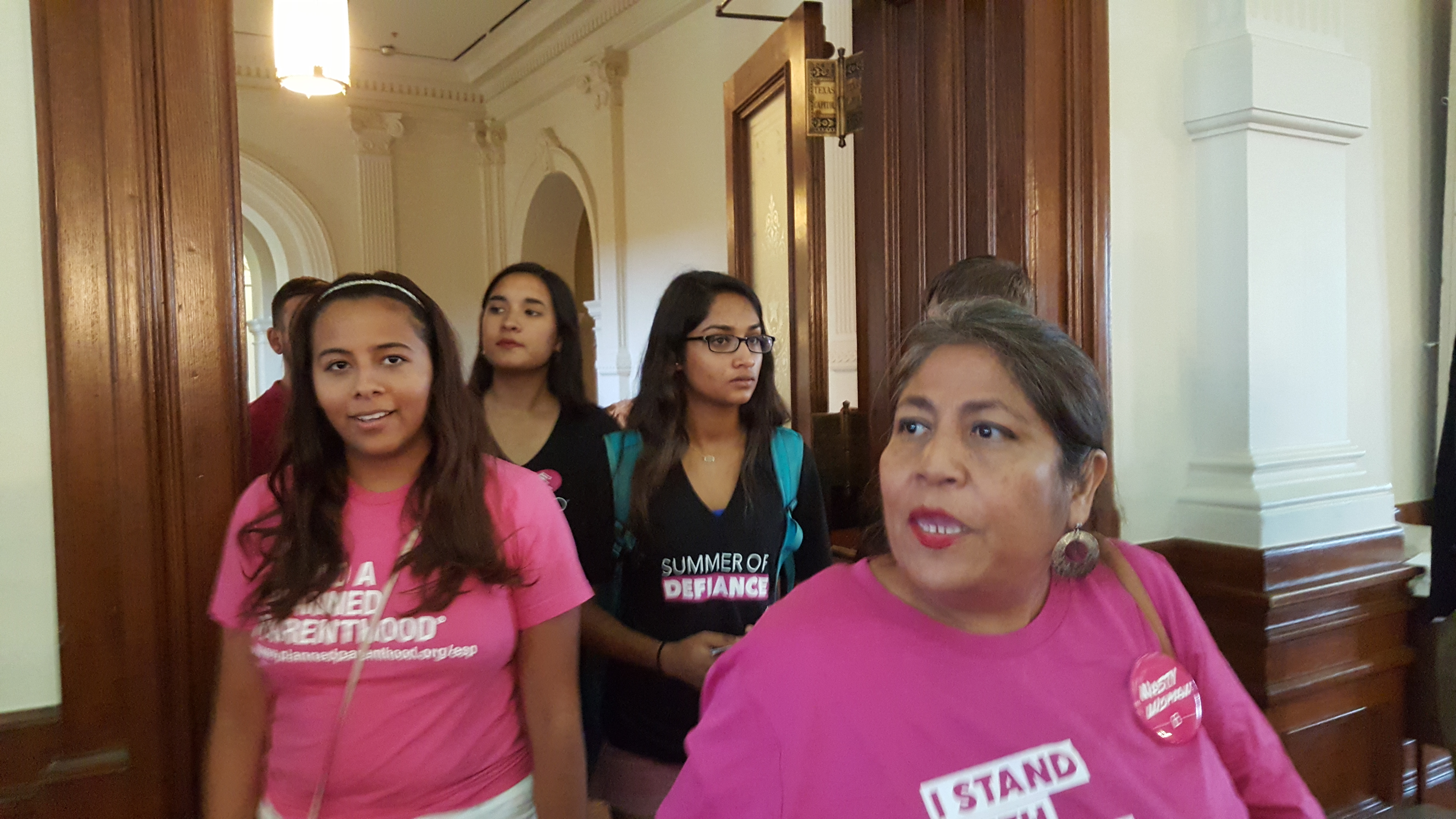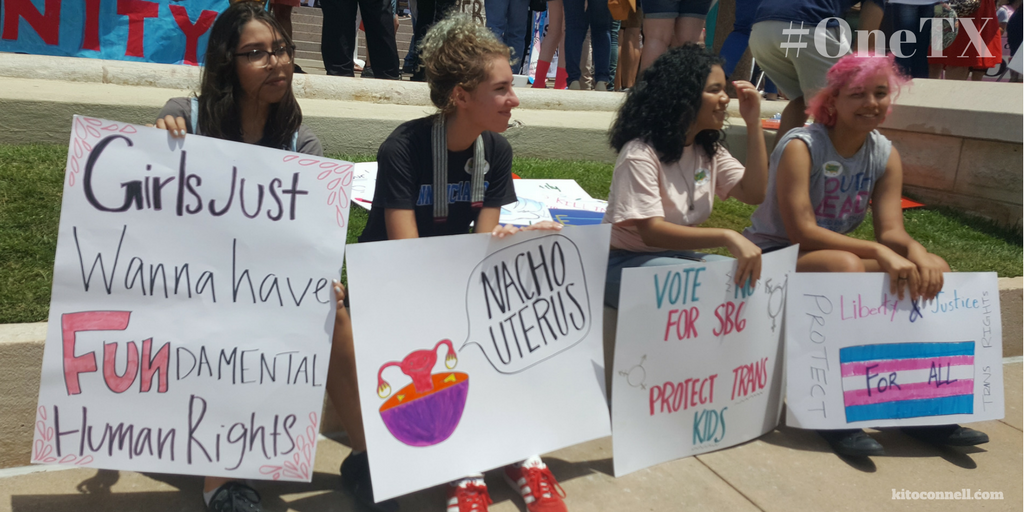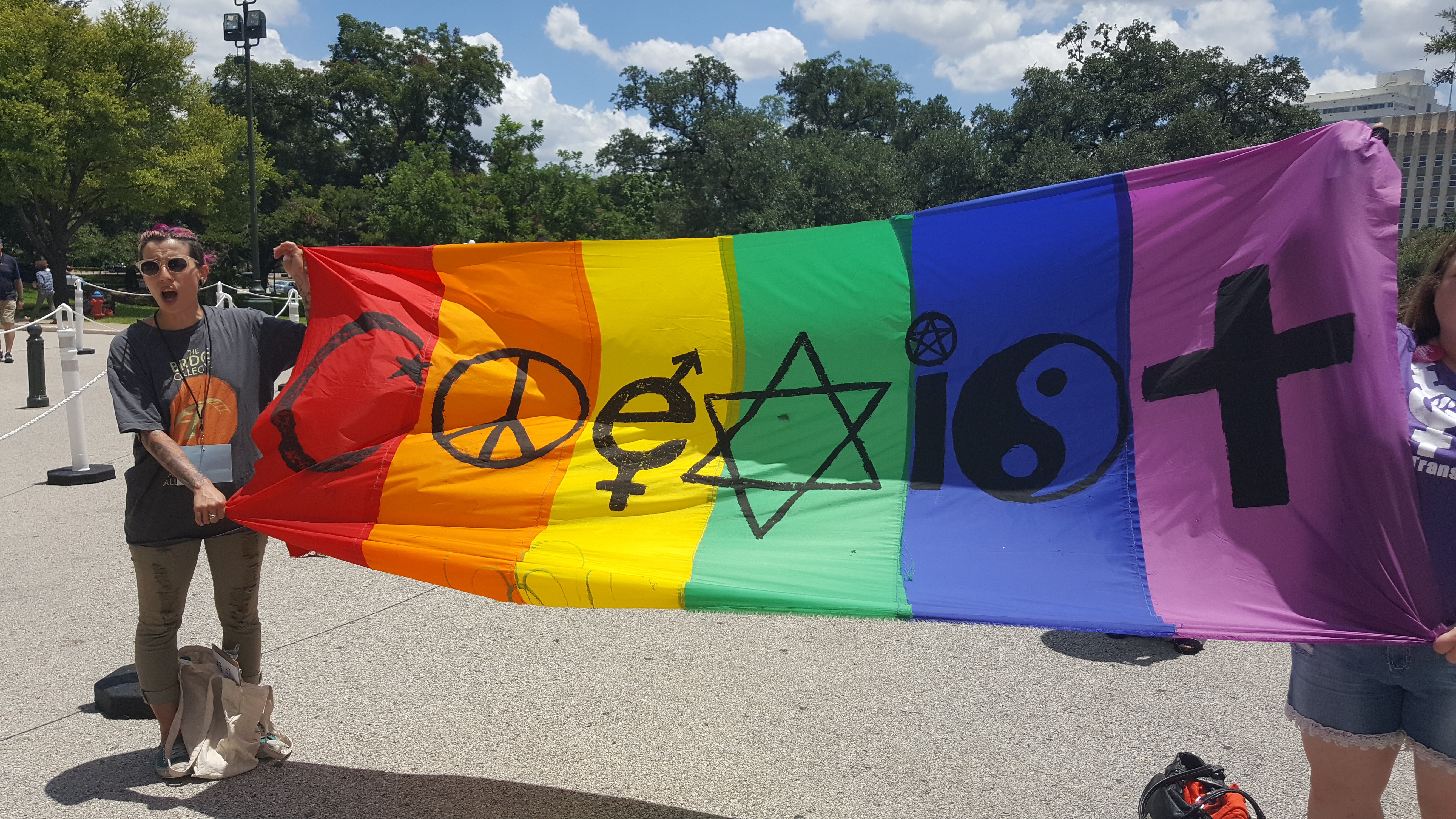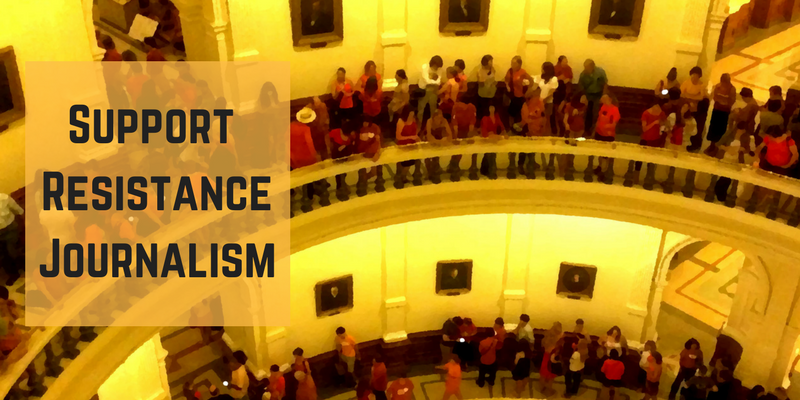On July 28, 2017, activists rallied at the Texas Capitol in opposition to SB4, the “Show Us Your Papers” / anti-sanctuary cities bill passed during the recently completed legislative session, and currently facing a lawsuit backed by the majority of Texas’ major municipalities. The event was organized by Local Progress, a nonprofit representing progressive elected officials from around the United States, and over 150 elected officials have now signed off on a letter opposing the anti-immigrant law. Many of these officials were present during the rally.
In this video, Jose P. Garza, executive director at Workers’ Defense Project, explains how his organization encouraged Austin City Council members and other local officials to come out in opposition to the law, and he issues a warning to Gov. Greg Abbott:





